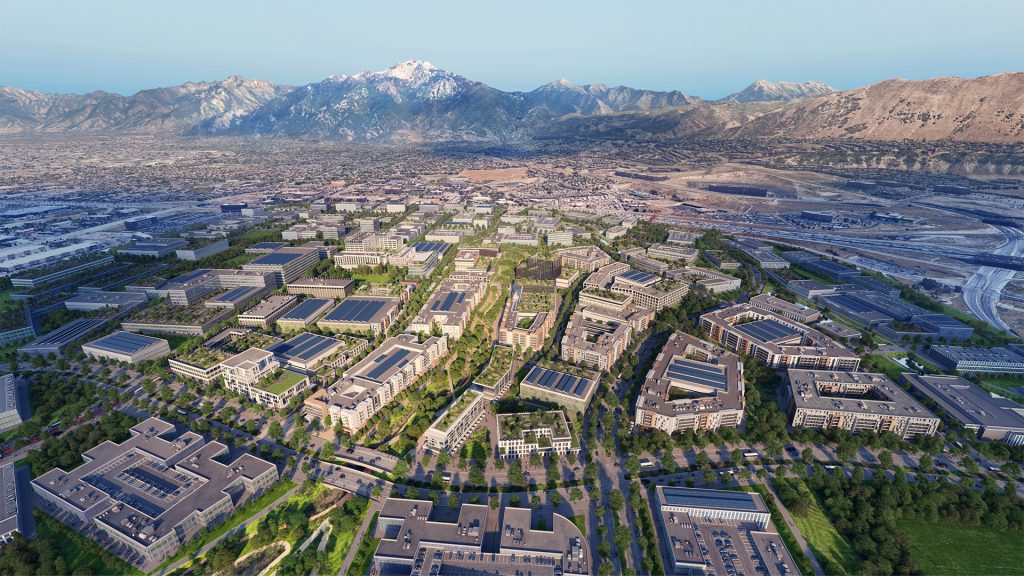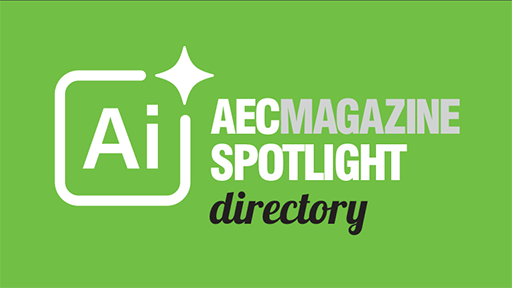Tudor Vasiliu, founder of architectural visualisation studio Panoptikon, explores the role of AI in arch viz, streamlining workflows, pushing realism to new heights, and unlocking new creative possibilities without compromising artistic integrity.
AI is transforming industries across the globe, and architectural visualisation (let’s call it ‘Arch Viz’) is no exception. Today, generative AI tools play an increasingly important role in an arch viz workflow, empowering creativity and efficiency while maintaining the precision and quality expected in high-end visuals.
In this piece I will share my experience and best practices for how AI is actively shaping arch viz by enhancing workflow efficiency, empowering creativity, and setting new industry standards.
Streamlining workflows with AI
AI, we dare say, has proven not to be a bubble or a simple trend, but a proper productivity driver and booster of creativity. Our team at Panoptikon and others in the industry leverage generative AI tools to the maximum to streamline processes and deliver higher-quality results.
Tools like Stable Diffusion, Midjourney and Krea.ai transform initial design ideas or sketches into refined visual concepts. Platforms like Runway, Sora, Kling, Hailuo or Luma can do the same for video.
With these platforms, designers can enter descriptive prompts or reference images, generating early-stage images or videos that help define a project’s look and feel without lengthy production times.
This capability is especially valuable for client pitches and brainstorming sessions, where generating multiple iterations is critical. Animating a still image is possible with the tools above just by entering a descriptive prompt, or by manipulating the camera in Runway.ml.
Sometimes, clients find themselves under pressure due to tight deadlines or external factors, while studios may also be fully booked or working within constrained timelines. To address these challenges, AI offers a solution for generating quick concept images and mood boards, which can speed up the initial stages of the visualisation process.
In these situations, AI tools provide a valuable shortcut by creating reference images that capture the mood, style, and thematic direction for the project. These AI-generated visuals serve as preliminary guides for client discussions, establishing a strong visual foundation without requiring extensive manual design work upfront.
Although these initial images aren’t typically production-ready, they enable both the client and visualisation team to align quickly on the project’s direction.
Once the visual direction is confirmed, the team shifts to standard production techniques to create the final, high-resolution images that would accurately showcase the full range of technical specifications that outline the design. While AI expedites the initial phase, the final output meets the high-quality standards expected for client presentations.
Dynamic visualisation
For projects that require multiple lighting or seasonal scenarios, Stable Diffusion, LookX or Project Dream allow arch viz artists to produce adaptable visuals by quickly applying lighting changes (morning, afternoon, evening) or weather effects (sunny, cloudy, rainy).
Additionally, AI’s ability to simulate seasonal shifts allows us to show a park, for example, lush and green in summer, warm-toned in autumn, and snow-covered in winter. These adjustments make client presentations more immersive and relatable.
Adding realism through texture and detail
AI tools can also enhance the realism of 3D renders. By specifying material qualities through prompts or reference images in Stable Diffusion, Magnific, and Krea, materials like wood, concrete, and stone, or greenery and people are quickly improved.
The tools add nuanced details like weathering to any surface or generate intricate enhancements that may be challenging to achieve through traditional rendering alone. The visuals become more engaging and give clients a richer sense of the project’s authenticity and realistic quality.
This step may not replace traditional rendering or post-production but serves as a complementary process to the overall aesthetic, bringing the image closer to the level of photorealism clients expect.
Bridging efficiency and artistic quality
While AI provides speed and efficiency, the reliance on human expertise for technical precision is mandatory. AI handles repetitive tasks, but designers need to review and refine each output so that the visuals meet the exact technical specifications provided by each project’s design brief.
Challenges and considerations
It is essential to approach the use of AI with awareness of its limitations and ethical considerations.
Maintaining quality and consistency: AI-generated images sometimes contain inconsistencies or unrealistic elements, especially in complex scenes. These outputs require human refinement to align with the project’s vision so that the result is accurate and credible.
Ethical concerns around originality: There’s an ongoing debate about originality in AI-generated designs, as many AI outputs are based on training data from existing works. We prioritise using AI as a support tool rather than a substitute for human creativity, as integrity is among our core values.
Future outlook: innovation with a human touch: Looking toward and past 2025, AI’s role in arch viz is likely to expand further – supporting, rather than replacing, human creativity. AI will increasingly handle technical hurdles, allowing designers to focus on higher-level creative tasks.
AI advancements in real-time rendering are another hot topic, expected to enable more immersive, interactive tours, while predictive AI models may suggest design elements based on client preferences and environmental data, helping studios anticipate client needs.
AI’s role in arch viz goes beyond productivity gains. It’s a catalyst for expanding creative possibilities, enabling responsive design, and enhancing client experiences. With careful integration and human oversight, AI empowers arch viz studios – us included – to push the boundaries of what’s possible while, at the same time, preserving the artistry and precision that define high-quality visualisation work.
About the author
Tudor Vasiliu is an architect turned architectural visualiser and the founder of Panoptikon, an award-winning high-end architectural visualisation studio serving clients globally. With over 18 years of experience, Tudor and his team help the world’s top architects, designers, and property developers realise their vision through high-quality 3D renders, films, animations, and virtual experiences. Tudor has been honoured with the CGarchitect 3D Awards 2019 – Best Architectural Image, and has led industry panels and speaking engagements at industry events internationally including the D2 Vienna Conference, State of Art Academy Days, Venice, Italy and Inbetweenness, Aveiro, Portugal – among others.
Main image caption: Rendering by Panoptikon for ‘The Point’, Salt Lake City, Utah. Client: Arcadis (Credit: Courtesy of Panoptikon, 2025)









